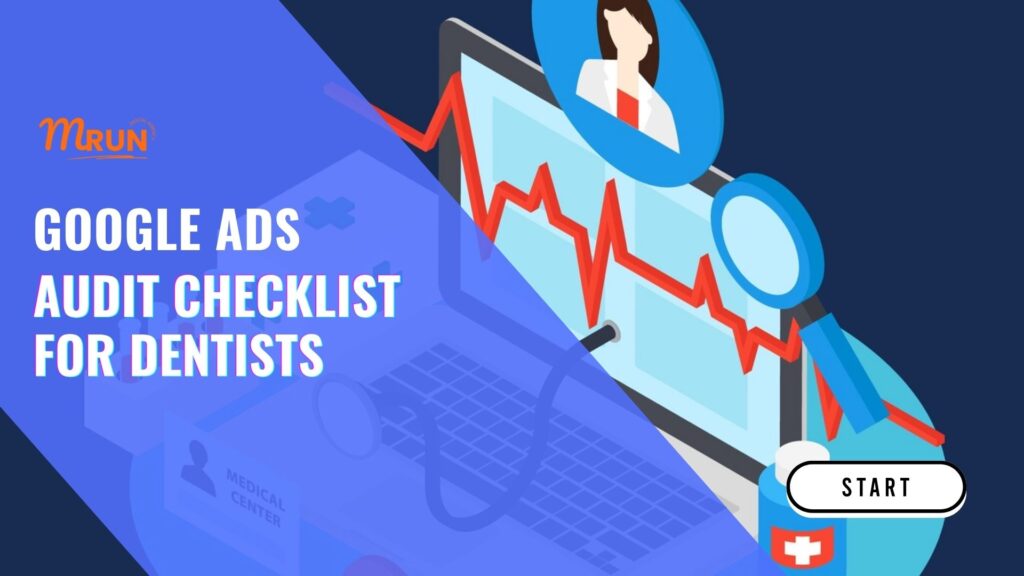If you’re a dentist running Google Ads and not seeing a steady stream of new patients, it’s time to hit pause — and audit your campaigns.
Many dental clinics unknowingly spend thousands on under-optimized ads. The good news? A simple audit can reveal hidden problems and quick wins that drastically improve performance. Here’s your Google Ads Audit Checklist for Dentists to help you identify what’s working, what’s not, and what to fix for better ROI.
✅ 1. Is Conversion Tracking Set Up Correctly?
Your #1 priority: make sure you’re tracking real actions — phone calls, form submissions, online bookings. Without it, you’re flying blind.
✅ 2. Are You Using the Right Keywords?
Audit your active keywords. Are they intent-driven like “emergency dentist near me” or “Invisalign specialist [city]”?
Remove broad, irrelevant terms and add negative keywords (e.g., “jobs,” “courses,” “free”).
✅ 3. Is Your Geo-Targeting Accurate?
Ensure your ads are only showing in your local service area. Targeting too wide leads to wasted clicks and irrelevant leads.
✅ 4. Are Your Campaigns Structured by Service?
Each high-value service — like implants, root canal, whitening — should have its own ad group or campaign for better control and relevancy.
✅ 5. Are Your Ads Engaging and Relevant?
Review your ad headlines and descriptions. Do they highlight what makes your clinic stand out? Are they clear, professional, and compelling?
✅ 6. Are You Sending Traffic to the Right Landing Page?
Each ad should drive clicks to a dedicated landing page, not your homepage. Make sure it’s mobile-friendly, loads fast, and includes a strong call to action.
✅ 7. Are You Reviewing Performance Weekly?
An effective campaign is constantly refined. Audit your search terms, ad performance, and conversions weekly to optimize results.
🎯 Final Takeaway
Auditing your Google Ads regularly is essential to avoid waste and maximize patient bookings.
Want a second pair of eyes? Request a free PPC audit tailored to your dental clinic, and we’ll show you where your ads are leaking budget — and how to fix it.

